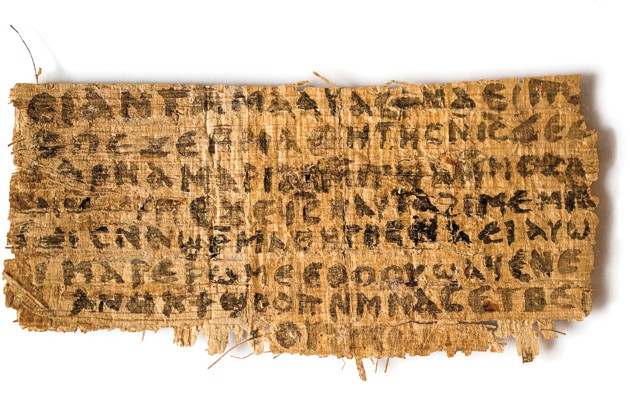 |
| Detail from Circumcision of Christ by Friedrich Herlin, 1466 |
Before I saw a reference to the "Holy Prepuce," I didn't even know there was such a word. It is the foreskin (Latin præputium or prepucium) that is the result of the circumcision of a male.
At first, I thought it was a joke post that anyone would claim to have the prepuce of Jesus Christ, but throughout history, different churches in Europe have claimed to have Jesus's foreskin. It seems so very strange. Almost sacrilegious. And, of course, miraculous powers have been ascribed to it.
I looked it up first on Wikipedia. It makes total sense that Jesus, being a Jewish boy, would have been required to be circumcised on the eighth day following their birth. Some churches celebrate the Feast of the Circumcision of Christ. Oddly, that falls on January 1 which would not be 8 days from Christmas. Oh well, there are lots of inconsistencies and paradoxes in the Bible stories. It is told in Luke 2:21 (King James Version).
The first reference to the survival of Christ's severed foreskin that starts all the legends to follow is in an apocryphal Arabic Infancy Gospel. In that version, an old Hebrew woman took the foreskin (others say she took the navel string) and preserved it in an alabaster box of old oil of spikenard.
Foreskin relics began appearing in Europe during the Middle Ages. In 800, Charlemagne (who said he got it from an angel) was said to have given it to Pope Leo III when being crowned Emperor.
The journey of the Holy Prepuce as recorded on Wikipedia is convoluted. It was looted during the Sack of Rome in 1527, a German soldier stole it, it was taken back in the village of Calcata near Rome and venerated from that time onwards and the lace became a destination on the pilgrimage map.
However, in 1905, Pope Pius X authorized an inventory compiled by Professor Hartmann This devotion to the Holy Prepuce supposedly reflects an interest in showing the humanity of Jesus.
In another article, the author says that "Depending on what you read, there were eight, twelve, fourteen, or even 18 different holy foreskins in various European towns during the Middle Ages."
Most of the Holy Prepuces were lost or destroyed during the Reformation and the French Revolution. The one in the Italian village of Calcata was paraded through the streets as recently as 1983 on the Feast of the Circumcision, but that ended when thieves stole the foreskin in its jewel-encrusted case.
So, do any of the purported Holy Prepuces still exist? I can't say. My feeling is none ever did exist. Here's a crazy answer from an unconfirmed source: in the late 17th century the Vatican librarian Leo Allatius wrote an unpublished treatise entitled De Praeputio Domini Nostri Jesu Christi Diatriba (A Discussion of the Foreskin of Our Lord Jesus Christ), claiming that the Holy Prepuce ascended, like Jesus himself, and was transformed into the rings of Saturn.
Since I think the whole story is fictional, I'll add these two items.
In Chuck Palahniuk's book Choke, the main character is told that he was cloned from Jesus' foreskin.
James Joyce's Ulysses has Stephen Dedalus pondering the Holy Prepuce while he urinates with Leopold Bloom, in the section titled "Ithaca".


